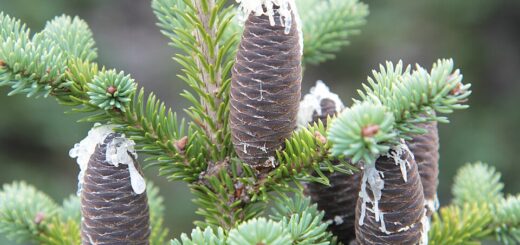Kākāpō – New Zealand’s Nocturnal, Flightless Wonder
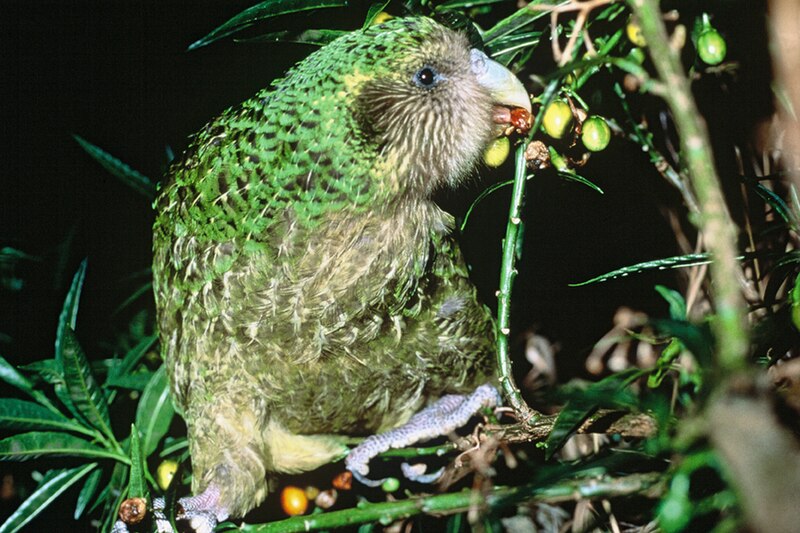
In the quiet, mossy forests of New Zealand, a bird unlike any other makes its home. Meet the Kākāpō, a chubby, green, flightless parrot with a face like an owl, the personality of a cat, and the survival instincts of… well, a bird that nearly went extinct.
Once common across New Zealand, the Kākāpō (pronounced KAH-kah-poe) is now one of the rarest and most endangered birds in the world. But thanks to some incredible conservation efforts, this feathered oddball is getting a second chance and stealing hearts in the process.
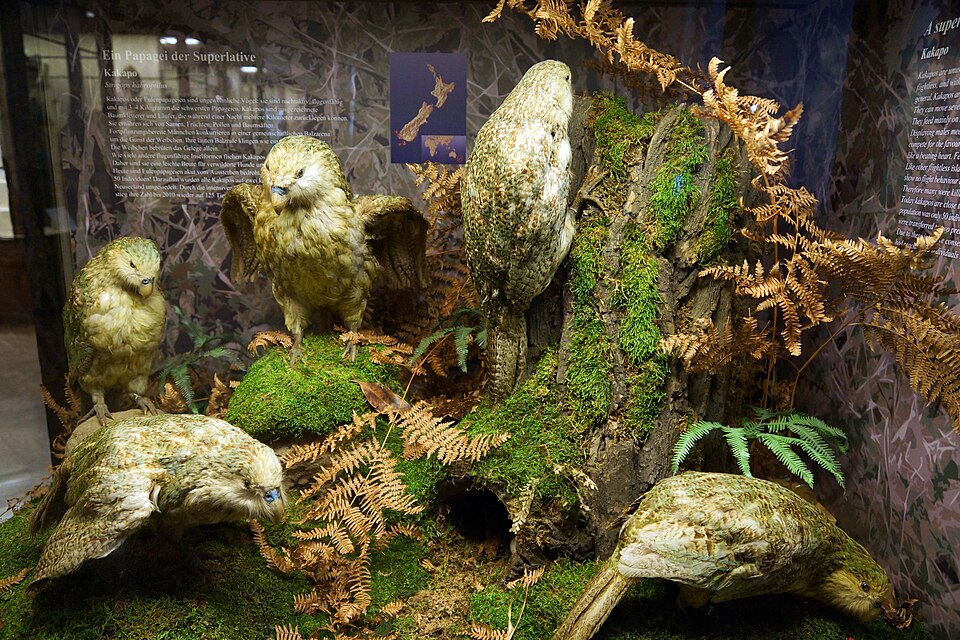
Kakapo exhibit at the Naturhistorisches Museum in Vienna. – Creative Commons | Author: Allie_Caulfield – Source: https://commons.wikimedia.org/wiki/File:Naturhistorisches_Museum,_Kakapo.jpg
A Parrot That Can’t Fly? 🦜
Yes, really. The Kākāpō is the world’s heaviest parrot, weighing in at up to 3.5 kg (7.7 lbs). It’s nocturnal, ground-dwelling, and prefers to hike rather than fly. Evolution shaped it this way because, for millions of years, New Zealand had no land mammals to threaten it. With no need to take to the skies, the Kākāpō became a master of camouflage and forest foraging instead.
Their feathers are a beautiful mottled green and yellow, blending perfectly with the native foliage. They freeze when startled—sometimes a great defense, but less effective when your new predators are dogs, cats, and stoats introduced by humans.
The Strangest Love Song in the Forest 🐣
Kākāpō mating rituals are… unique. Every few years (yes, years), when native rimu trees produce fruit, males gather on “leks”, display areas where they try to attract females by “booming.”
What’s booming? Imagine a bass speaker deep in the woods: each male inflates a throat sac and emits a deep, resonant boom that can carry up to 5 kilometers. This goes on for weeks. The females then walk, yes, walk to the male they like best.
They only breed when the rimu tree has a bumper crop, which might happen just once every 2–4 years. No pressure, right?
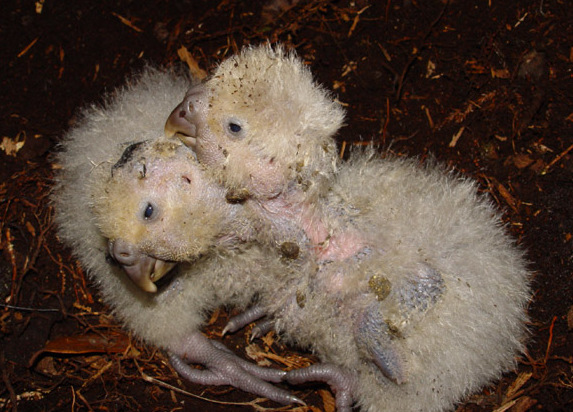
Kakapo chicks – Photo: Mike Bodie, 2005. Creative Commons | Author: Department of Conservation – Source: https://commons.wikimedia.org/wiki/File:Kakapo_chicks.jpg
A Conservation Comeback Story
By the 1990s, there were only 50 Kākāpō left. Enter the Kākāpō Recovery Programme: a team of conservationists, scientists, and volunteers dedicated to saving the species. Every bird is named, monitored with GPS trackers, and some are even artificially inseminated to help increase genetic diversity.
As of now 2025, the population has grown to over 250 individuals. Still critically endangered, but a huge win for a species once thought extinct.
Fun fact: One famous Kākāpō named Sirocco became an internet sensation after attempting to mate with a zoologist’s head during a BBC documentary. He’s now an official New Zealand conservation ambassador. Not all heroes wear capes.
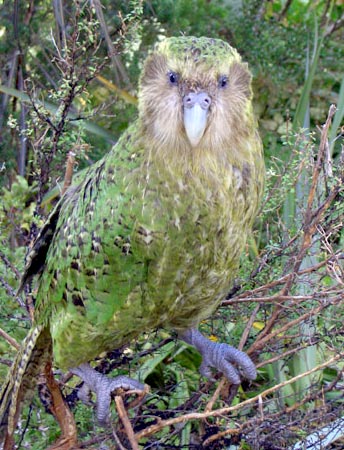
A full length parrot portrait. Sirocco the kakapo poses for the camera. Photo: Mike Bodie. Creative Commons | Author: Department of Conservation – Source: https://commons.wikimedia.org/wiki/File:Sirocco_full_length_portrait.jpg
Why Should We Care? 🧬
The Kākāpō is more than just a quirky bird, it’s a symbol of what can happen when humans take responsibility for the damage we’ve done and choose to protect what’s left. It reminds us that even the most unlikely survivors can make a comeback with a little (okay, a lot of) help.
And let’s be honest: who wouldn’t want to save a parrot that walks like a feathered bowling ball, purrs when it’s happy, and communicates with sound waves that can shake your chest?
References:
https://en.wikipedia.org/wiki/K%C4%81k%C4%81p%C5%8D


